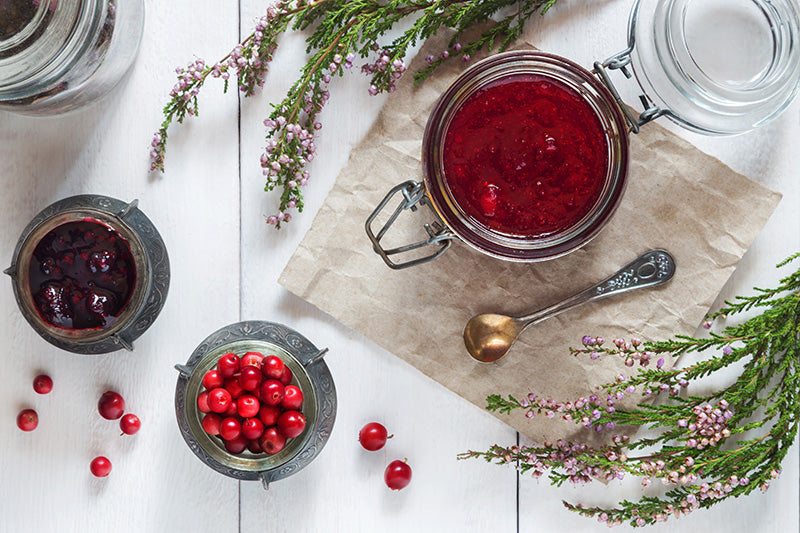
As Americans celebrate the Thanksgiving holiday, we at Gardzen thought we’d take a look at the history of the holiday from the point of view of gardeners and gardening. While the social and political history of the holiday is complex and worth exploring honestly, in this blog we’re going to focus on the story of the plants, gardens, and farms that have come together to create the Thanksgiving holiday in its current form. As we touch on these stories, we’ll learn a bit more about gardening and growing plants and perhaps pick up some tips that you can incorporate into your own garden.
As we all learn in elementary school, Thanksgiving has its roots in a celebration shared between colonists and Native Americans in colonial New England. Again, the actual story is complex, but for our purposes the holiday represents a melding of European and Native American culinary and agricultural traditions. This synthesis shows in many of the traditional foods associated with the Thanksgiving holiday. In particular, the European settlers introduced staples such as apples, ham, carrots, and cabbage—all of which appear in various forms on holiday tables. However, the core of the Thanksgiving feast rests on Native American culinary contributions.
The “Three Sisters” system of cultivation was a common practice in Native communities across the continent, and for good reason. This method of growing corn, beans, and squash together lets the plants provide mutual support to each other, thus helping to ensure a bountiful harvest of each. It works something like this: the beans add nitrogen to the soil, promoting plant grown. The corn grows tall, giving the beans something to grow up—a natural trellis if you will. Meanwhile the Squash grown across the ground, shading the soil and suppressing weed growth while helping the dirt retain moisture. It’s a time-honored and well-tested system, and it’s the reason why all of those vegetables appear on Thanksgiving menus to this day.
When discussing the traditional Thanksgiving meal, there’s a plant that is worthy of special mention: the cranberry. Also going under the scientific name Vaccinium macrocarpon, the cranberry that appears at Thanksgiving is native to the eastern coast of North America ranging from what is now Nova Scotia down to the Carolinas and Georgia and west to the Great Lakes region. While cranberry shrubs grow low to the ground in many wet, marshy spaces, most cultivated cranberries are grown in ponds called cranberry bogs. This practice starts with the Native Americans of the region, who developed cranberry bog as a means of growing the plant long before Europeans arrived in the New World. The earliest known recipe for cranberry sauce appears in The Art of Cookery by Amelia Simmons, which is the first cookbook published by an American. Canned cranberry sauce first appears in 1941, and quickly became a popular if not preferred version for Thanksgiving and other holidays. While canned cranberry sauce is delicious, we’d encourage you to try a home-made cranberry sauce recipe this year if you have time. It’s a tasty and fresh approach to a Thanksgiving staple and a unique take on a classic dish.

This time of the year, many of us are reflecting on all the things we’re grateful for. At Gardzen, we’re grateful for this community, the chance to share the joy of gardening, and the new discoveries we make every day. So, from all of us to all of you: have a safe and happy Thanksgiving!

Leave a comment